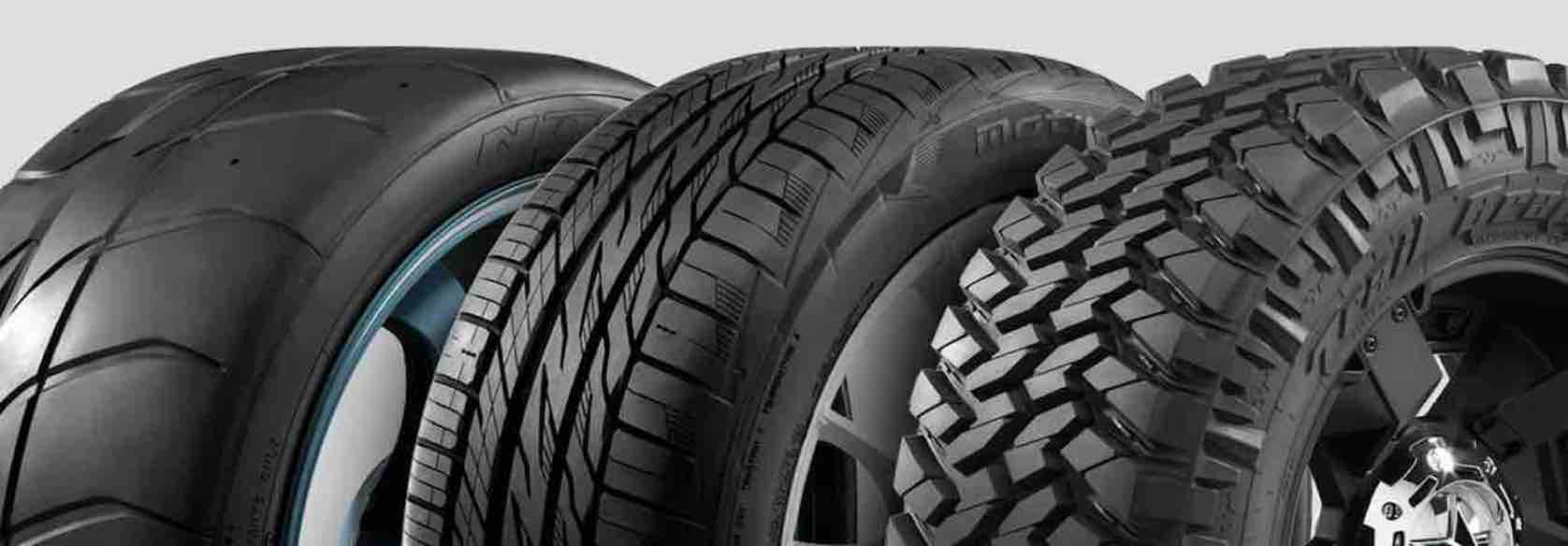Symmetrical, asymmetrical and directional tires are three different types of tire designs used in automobiles. Each has its own characteristics and advantages depending on the type of driving and road conditions. Below is a detailed description of the differences between these types of tires:
1. Symmetrical Tires:
- Design: Symmetrical tires have an identical tread pattern on both sides of the tire, that is, the inner and outer parts have the same design. They typically feature simple tread patterns, such as uniform blocks or zigzag grooves.
- Features: They are very versatile and can be mounted in any position of the vehicle (front or rear) and in both driving directions. They generally provide good performance under normal driving conditions and have predictable cornering response.
- Recommended use: Symmetrical tires are ideal for everyday vehicles and general driving, especially in climates with moderate temperatures and normal road conditions.
2. Asymmetrical Tires:
- Design: Asymmetric tires have a different design on each side of the tire. The inner and outer part of the tread have different patterns. Typically, the inner part is designed to improve wet performance, while the outer part focuses on dry grip and cornering stability.
- Features: Thanks to their specific design, they offer more balanced and improved performance compared to symmetrical tires. Asymmetric technology allows for better water evacuation and greater grip in different road conditions.
- Recommended use: Asymmetrical tires are ideal for sports and high-performance vehicles, as well as those that require better handling and grip in varied road conditions.
3. Directional Tires:
- Design: Directional tires have a unidirectional tread pattern, meaning they can only be mounted in a specific direction. They typically have an arrow or V-shape in the tread, which helps channel water to the sides and away from the contact patch with the road.
- Features: Directional tires are excellent at resisting aquaplaning (sliding on puddles) by quickly evacuating water in the rain. They also offer a high level of grip on dry roads, making them popular in motorsport and sports driving competitions.
- Recommended use: These tires are ideal for high-performance sports vehicles and drivers seeking precise handling and exceptional performance in wet and dry conditions. However, it is important to remember that directional tires must be mounted correctly according to the direction indicated on the side of the tire.
In short, choosing between symmetrical, asymmetrical, and directional tires will depend on the type of vehicle you drive, your driving style, the weather, and the road conditions you drive on most frequently. Selecting the right type of tire is essential to ensure optimal performance and safety while driving. Furthermore, it is always advisable to follow the vehicle manufacturer's recommendations regarding the type of tire to use.
Symmetrical - Asymmetrical and Directional / Type of tires

